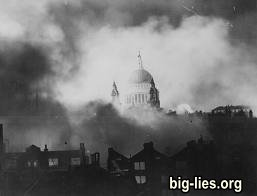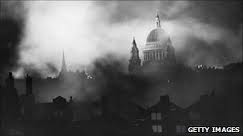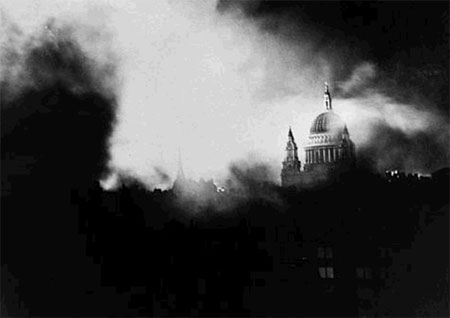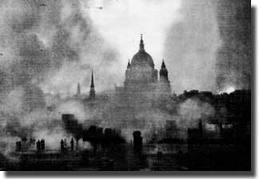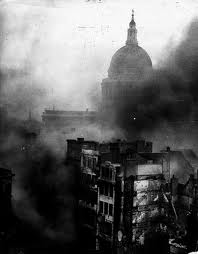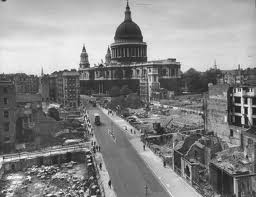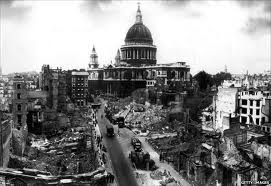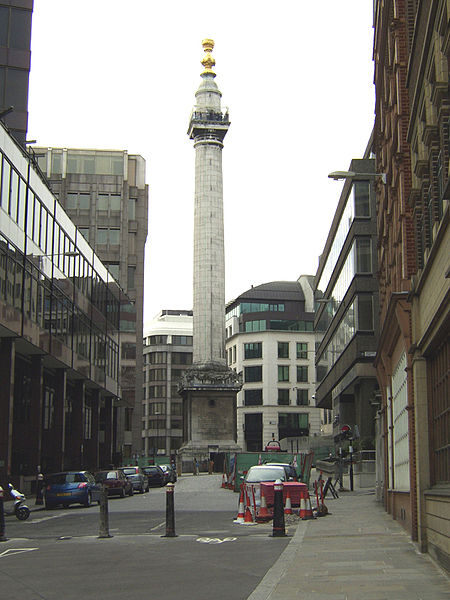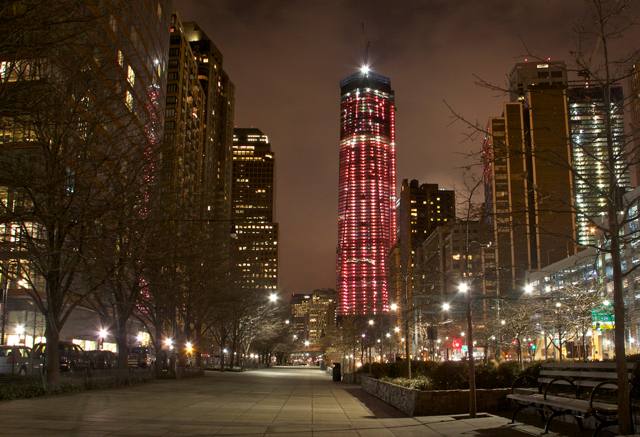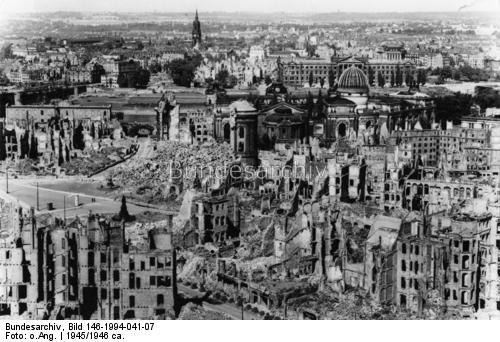Sweet Jesus - another highly convincing idea.
1642 Start of Civil War, nominally Charles I vs Parliament. Jewish money supports Cromwell
1649 Cromwell and others execute Charles I - 'Commonwealth' interregnum begins without a monarch
1660 Charles II crowned
1664 New Amsterdam rechristened New York1666 Great Fire - after that, only brick and stone buildings allowed within a certain radius
1667 Rebuilding Act
1669 Hanseatic League ends or weakens
1681 Wren starts work on Paul's Church
1685 Death of Charles / James II who was pro-Catholic. Wars and revolts started, or were fomented
1688 'Glorious Revolution' - William of Orange, aka Dutch WIlliam & Mary become Protestant monarchs
1694 Bank of England building in Threadneedle St finished
1697 St Paul's Cathedral into use for the first time
1745 (approx) poem and music of Rule Britannia
The Great Fire had something like the effect of Haussmann in Paris in the 19th century - wider roads and opulent squares. And the fire made it easy to prohibit building from any material other than stone or brick. (This situation lasted until the new Globe Theatre, only a few years ago, became the first wooden building in London since the 'Great Fire').
But - now you mention it... Where exactly did the money for rebuilding come from? An online source says there was a levy on coal! Anyway the same source says the Builders' Guild (I'm not sure of its name) monopoly was abolished. Public buildings were given priority, and these included the Guildhall, City Guilds' Houses, many Wren churches, and Newgate Prison. And the Bank of England building in Threadneedle Street. I have to wonder whether the fuss over St Paul's wasn't a distraction from other such buildings.
Could the fire have been deliberate? It does seem odd that a bakery should be tolerated near tinder-like housing with apparently nothing much in the way of firefighting precautions.
The Monument [photo in NL's post above] was also built to commemorate the fire. It was designed by Wren and Robert Hooke, built of Portland stone, measures 202ft and was completed in 1677. An inscription on the north side explains the height
"In the year of Christ 1666, on 2 September, at a distance eastward from this place of 202 ft, which is the height of this column, a fire broke out in the dead of night which, the wind blowing, devoured even distant buildings, and rushed devastating through every quarter with astonishing swiftness and noise...."
